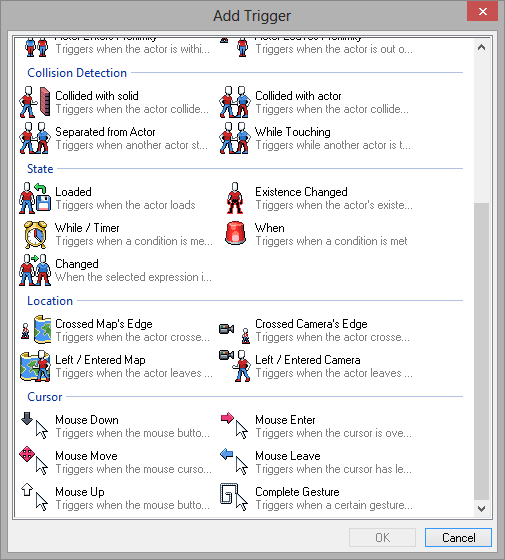

Whilst these cases are rare, and are sometimes used to cause a moral panic against the influence of video games, it cannot be ignored that children are more influenced and affected by their interactions with media in its many forms. Examples of this include various high-school shooting in America such as the Heath High School shooting in 1997, the Columbine High School shooting in 1999, as well as a number of frightening stories in more recent years involving young children taking weapons into their school, to emulate the actions of their favourite video game characters.

As a result of this, they relate the situations of violent revenge or manipulation found in video games into their own lives, often as answers to bullying or familial problems, and re-enact them with often horrific and tragic results. It is when young or vulnerable people play video games with inappropriate sexual content or excessive violence, and do not understand that is merely a fiction and is not how normal situations within civilised society function. In sociological terms, this is often referred to as copycat violence. The law on drinking is often broken by parents who judge their children to be responsible enough to drink, so what hope does a mere guideline have for protecting children from content they cannot understand fully, and in extreme cases, cannot separate from reality. As a result of this, the age ratings are often ignored when they should be viewed with user discretion and judgement by parents who buy them for their children. Perhaps where the problem lies is that the ratings which feature on a high number of video games, are simply guidelines, not laws. Whilst the age ratings on video games are not enforcible under law in many countries, the various systems are often associated with and/or sponsored by the government, with some video game stores using them to restrict the sale of certain games from under-aged customers. With this rejection of independent reviews on video games, questions regarding where the blame lies, and what this exposure means for gamers who play above their age bracket are becoming more and more frequent. David Walsh, who published in 2000 that 90% of teenagers claim that their parents “never” check the ratings before allowing them to rent or buy video games. Whilst under-age drinking, smoking and driving are highly frowned upon in many countries, studies have highlighted the increase in disregard for video game content ratings, as shown by Dr. Just as nations pose various age restriction laws on smoking, drinking and driving, the age ratings on video games are there to protect vulnerable parties who could misinterpret some aspects of a video game, whilst also giving the public the tools to make an informed decision on their video game purchases. There are many aspects of a video games’ content which is taken into account when rating it, such as levels of violence, frequency and severity of language, and sexual images and references. Video Game Content Ratings: Does Anyone Care Anymore?Īge ratings on video games are used by a number of nations to censor inappropriate content from those deemed too young to view it.


 0 kommentar(er)
0 kommentar(er)
